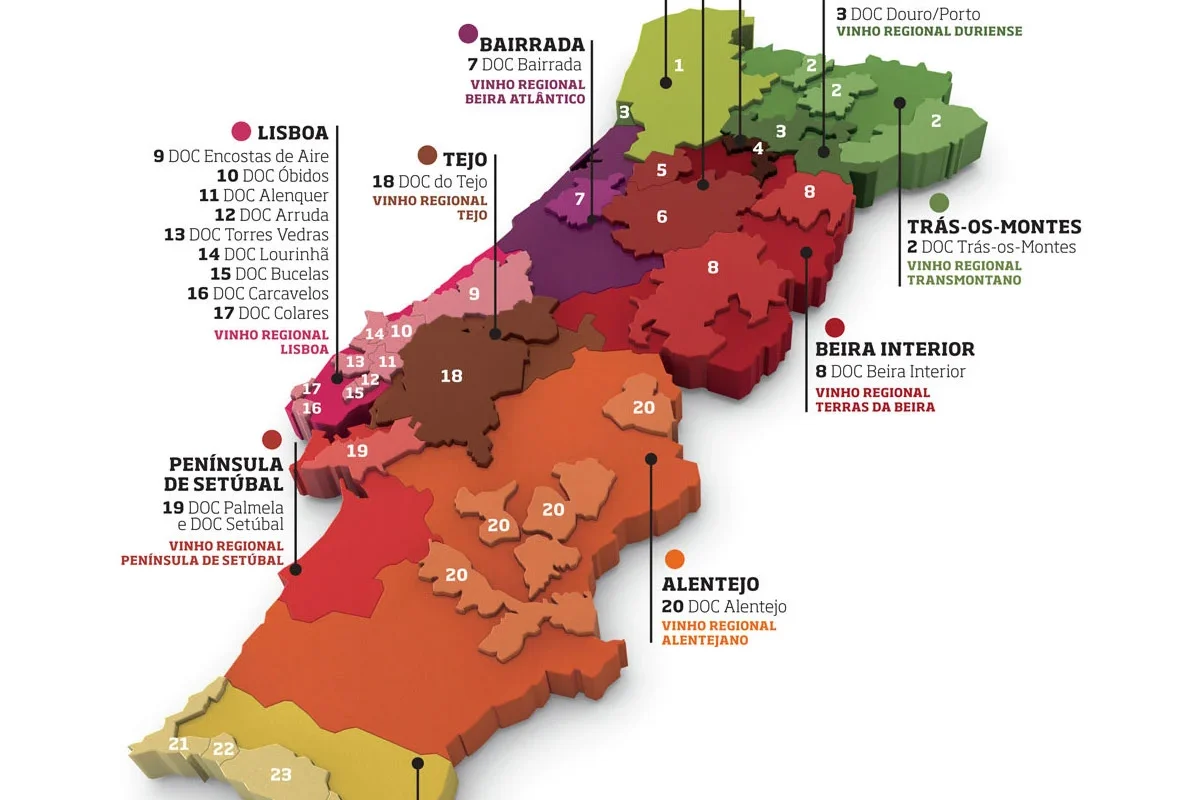Portugal has a great tradition of winemaking with a wealth of characterful (if sometimes unpronounceable) indigenous grape varieties as well as a wonderfully varied climate and topography.
Jo Locke MW – read full article here
Like its neighbour Spain, Portugal has been undergoing something of a quiet revolution over the last twenty years or so. A reluctance to follow trends and plant international grapes is now paying dividends and the new breed of full-blooded, fruit-filled wines are more than able to compete on the world stage. The unique flavours that are the hallmark of Portugal’s indigenous grape varieties have become its trump card. Good news for those looking for a change from wines made from ubiquitous international varieties.
Vinho Verde
Portugal’s verdant north west, just south of the border from Spain’s Galicia, is home to the light, traditionally delicately spritzy Vinho Verde. Alvarinho (Spain’s albariño) is king of the north and a base to many blends; loureiro predominates further south. Inexpensive and traditional styles will have that typical spritz but many newer wines and especially single-vineyard or varietal styles do not.
Trás-os-Montes
This remote region in the north-east of the country is bound on one side by high mountains and on the other the border with Spain (the name means ‘behind the mountains’. The schistous soils are similar to those of the Douro and grapes grown here are similar too. The climate can be extreme here with harsh winters and low rainfall in summer. Reds are often lighter and more aromatic than those of neighbouring Douro.
Douro
One of the most beautiful wine regions in the world, and deservedly Portugal’s best known, the Douro has quickly emerged to lead the way as the country’s premium wine region and there is a real pioneering spirit amongst the winemakers here.
Dão
South of the Douro on granite slopes protected by high mountains and pine forests, the Dão region produces one of Portugal’s better-known reds of the same name.
Bairrada
Between the mountains and the coast, on fertile clay soils, is Bairrada (barro is Portuguese for clay). Better known for red wines, this is one of the only wine regions in Portugal to be dominated by a single grape variety, baga.
Lisboa
A large, coastal region that runs north from Lisbon. Onshore breezes from the Atlantic help cool the vineyards and maintain the fresh acidity and aromatics in the mostly white wines.
Tejo
This region lying either side of the River Tagus and formerly called Ribatejo is known for good, everyday drinking wines in a range of styles from a wide range of permitted grapes.
Península de Setúbal
Lying across the mouth of the Tagus river, this is largely a flat, sandy region with the exception of the Serra da Arrábida, a short chain of mountains with clay and limestone soils. There are two DOCs within the peninsula:
Alentejo
The Alentejo province stretches south from the Tagus to the Algarve and east to the border with Spain and covers almost a third of continental Portugal.
Main Wine and Grape Names
Portugal has at least 250 indigenous varieties, more than any other country and these are what make the wines so wonderfully different and interesting. Confusingly, many go by different names in different regions and some are hideously difficult to pronounce too. Below we identify key characteristics of the most important grapes.
White
Alvarinho – mainly grown in the Minho (known as albariño in Spain), this produces crisp, aromatic wines with notes of peach, apple and citrus fruits with a mineral character.

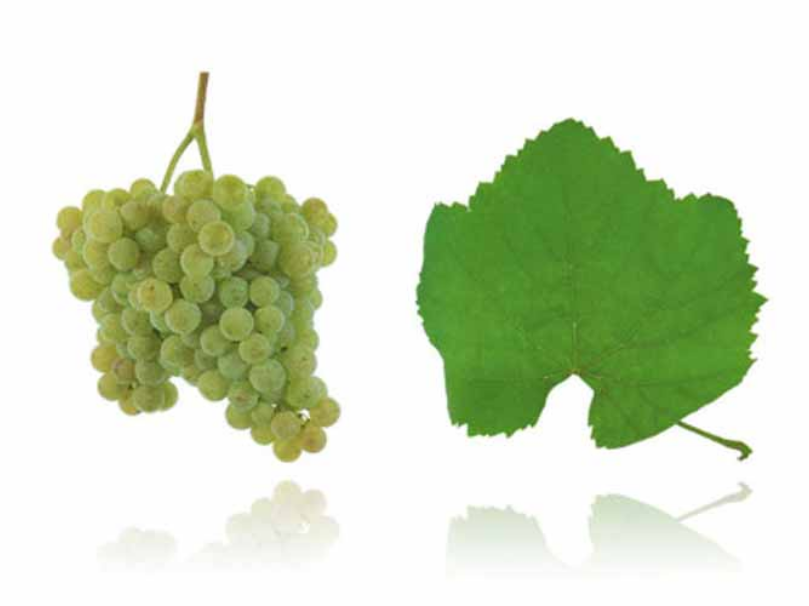
Arinto – widely grown in northern and central Portugal producing dry, tangy wines with plenty of citrus fruit. Known as padernã in Vinho Verde.
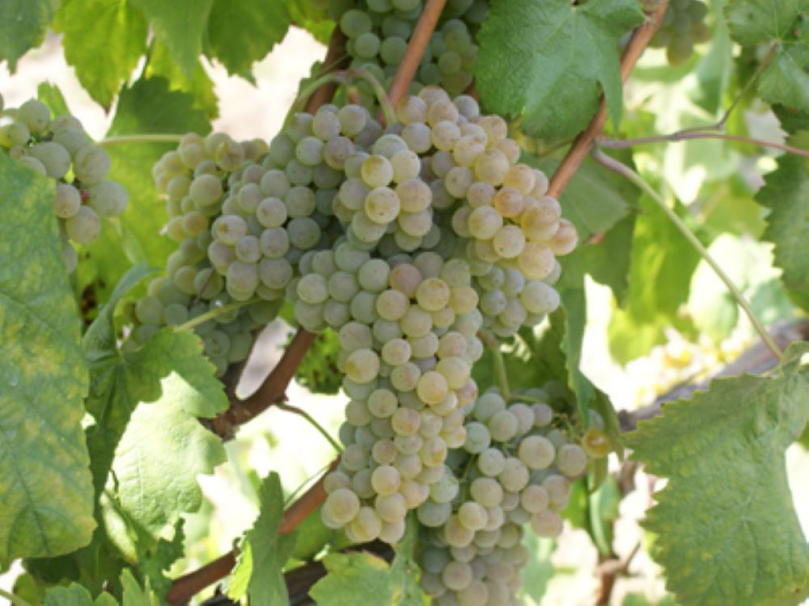
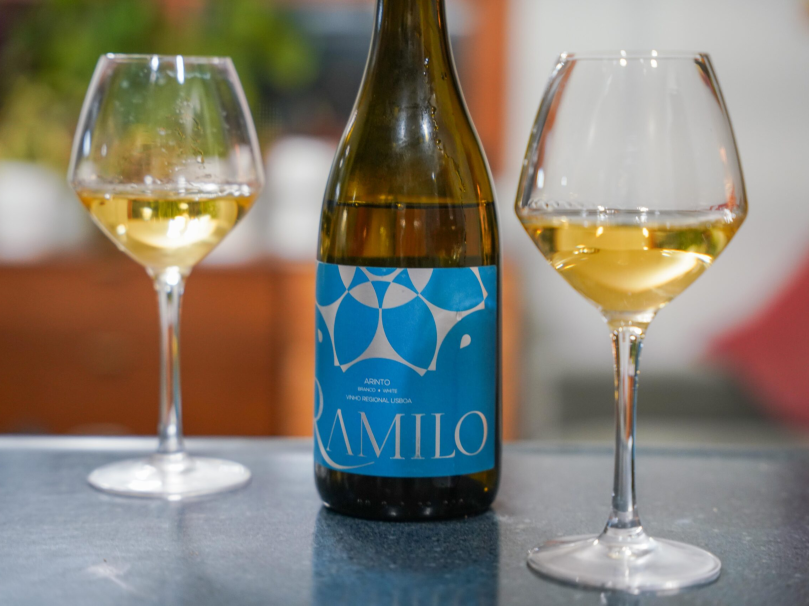
Fernão pires – known as maria gomes in Bairrada, this is a versatile grape making crisp, aromatic wines with lowish acidity and floral notes.
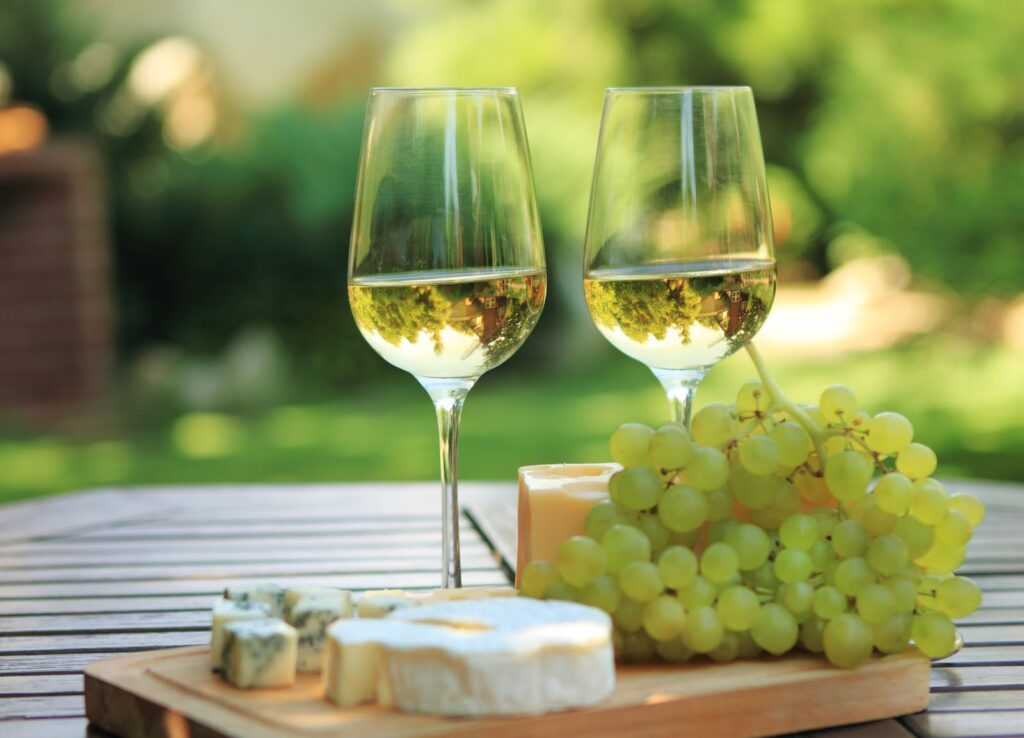

Loureiro – the most fragrant of the grapes used to make Vinho Verde.


Verdelho – the same grape behind medium-sweet Madeira also makes soft, savoury full-flavoured dry table wines. A success in Australia and now also in Australian hands (David Baverstock at Esporão and Peter Bright at Terras d’Alter) in the Alentejo.
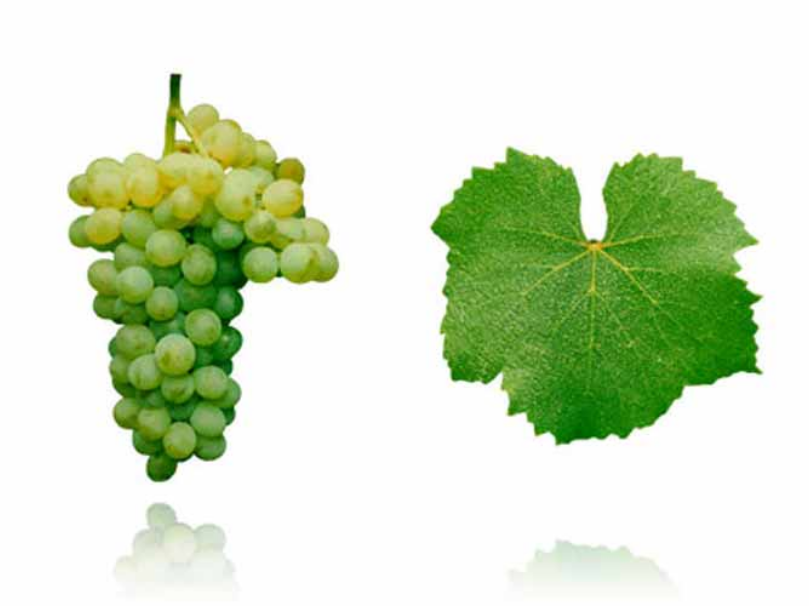
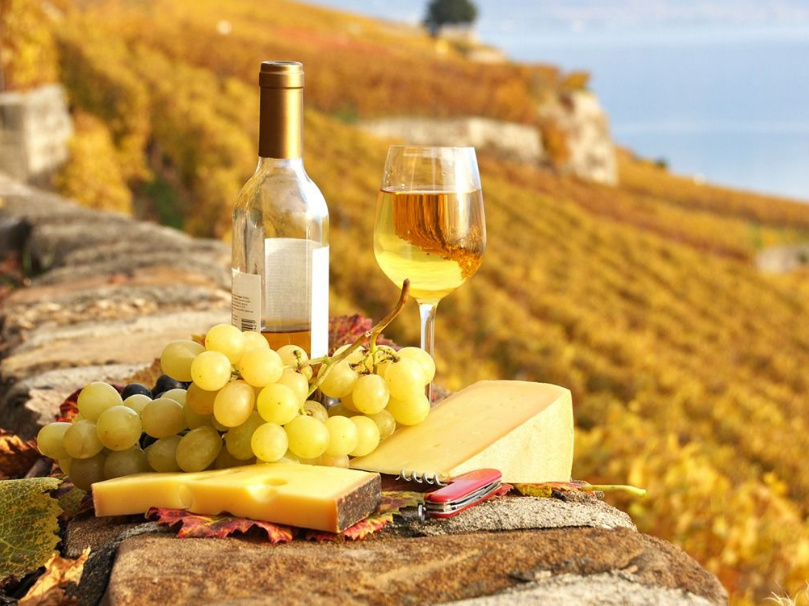
Red
Aragonez/aragonês – known as tinta roriz in northern Portugal (and tempranillo in Spain), this is one of the principal Douro grapes prized for its rich tannins and aromatic, raspberry, red-fruit flavour.

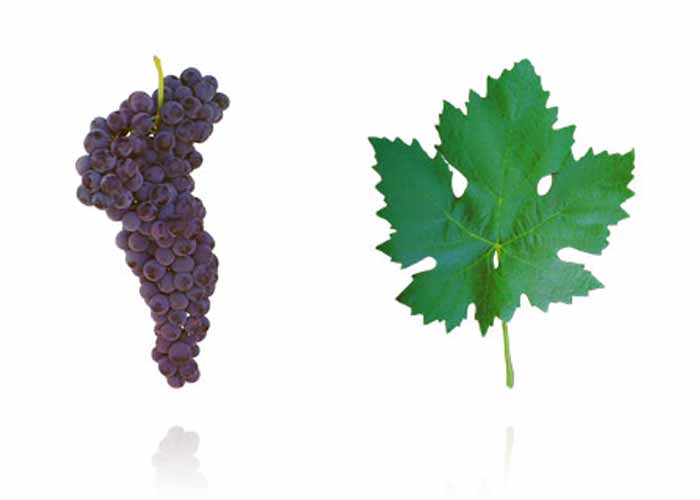
Alfrocheiro – though not especially widely planted, this is a very promising variety beloved of winemakers for its deep-coloured, well-balanced wines, but not liked by vine growers due to its susceptibility to rot.
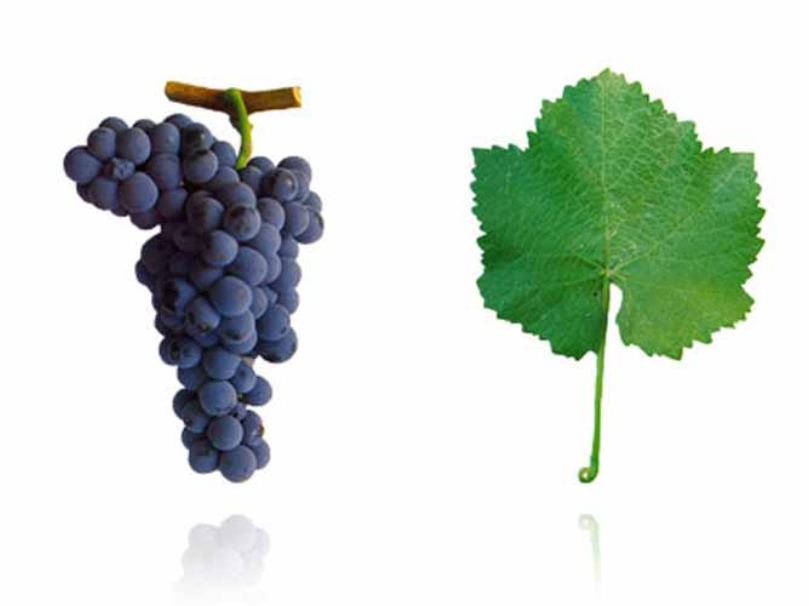

Baga – mainly grown in Bairrada but found also in Dão this late-ripening variety can make lean tannic reds but in the right hands, dense reds with bright cherry fruit are made which are capable of long ageing. Also used for the base for sparkling wine.
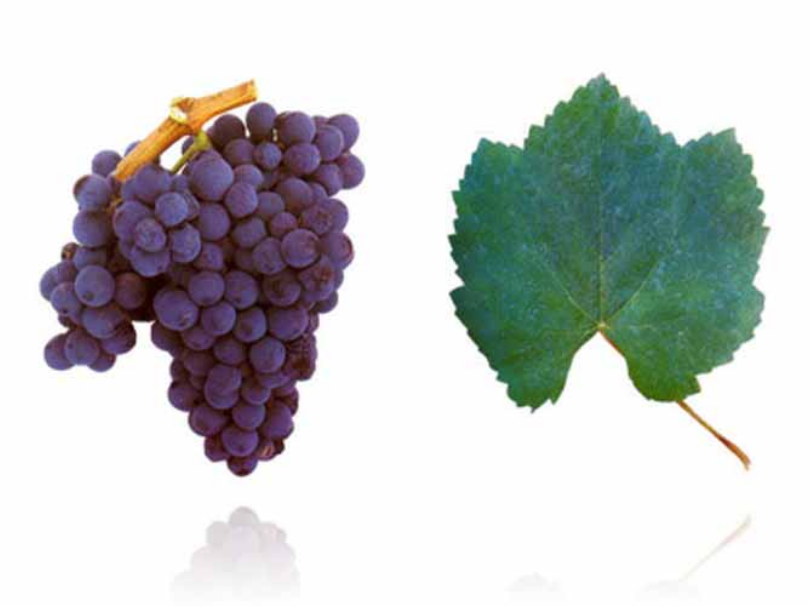
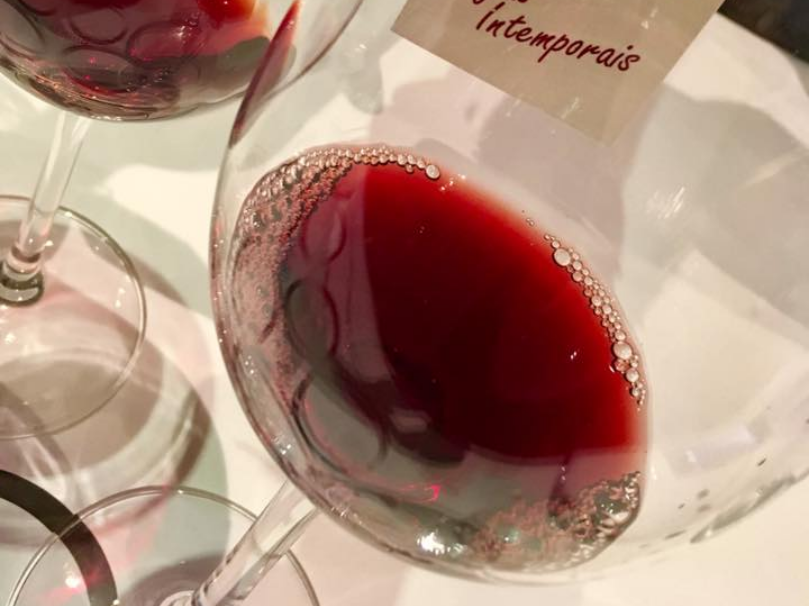
Castelão – one of the most widely planted varieties, particularly in the south where it is often called periquita, making fleshy, fruity, sometimes gamey reds for short or long-term keeping.
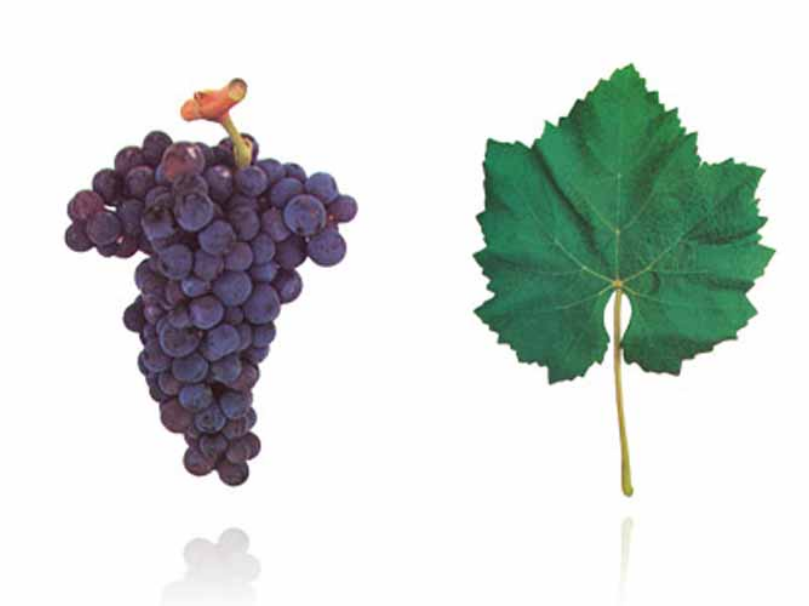
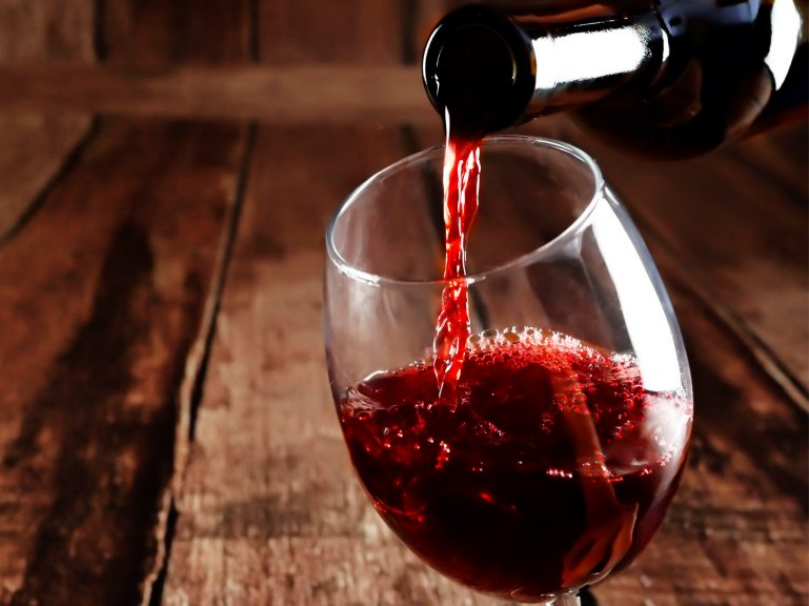
Touriga nacional – the backbone of many Ports and now appreciated for the quality of its red wines too. Small grapes give a high concentration of colour, extract, sweetness, and aroma, which can make it ideal for longer term ageing.
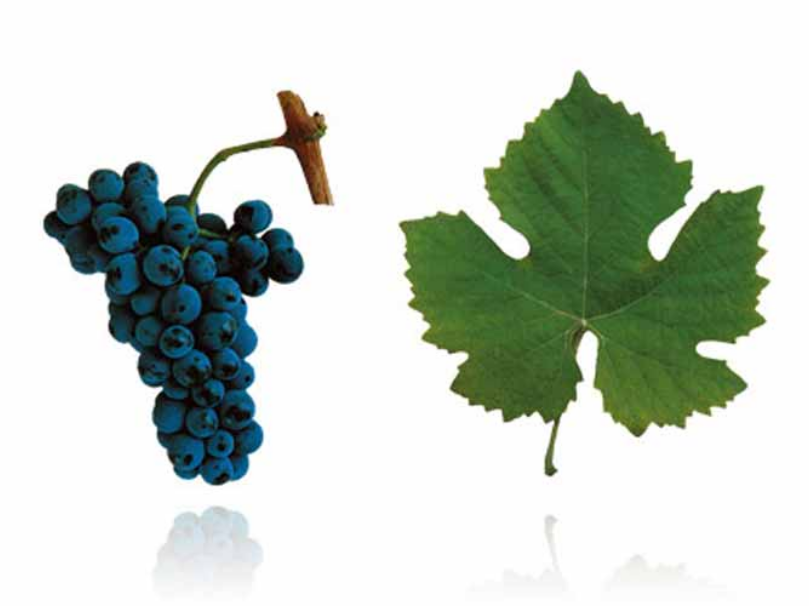

Trincadeira – one of the most widespread varieties making flavourful, dry reds with blackcurrant fruit flavours and herbaceous, floral aromas.


